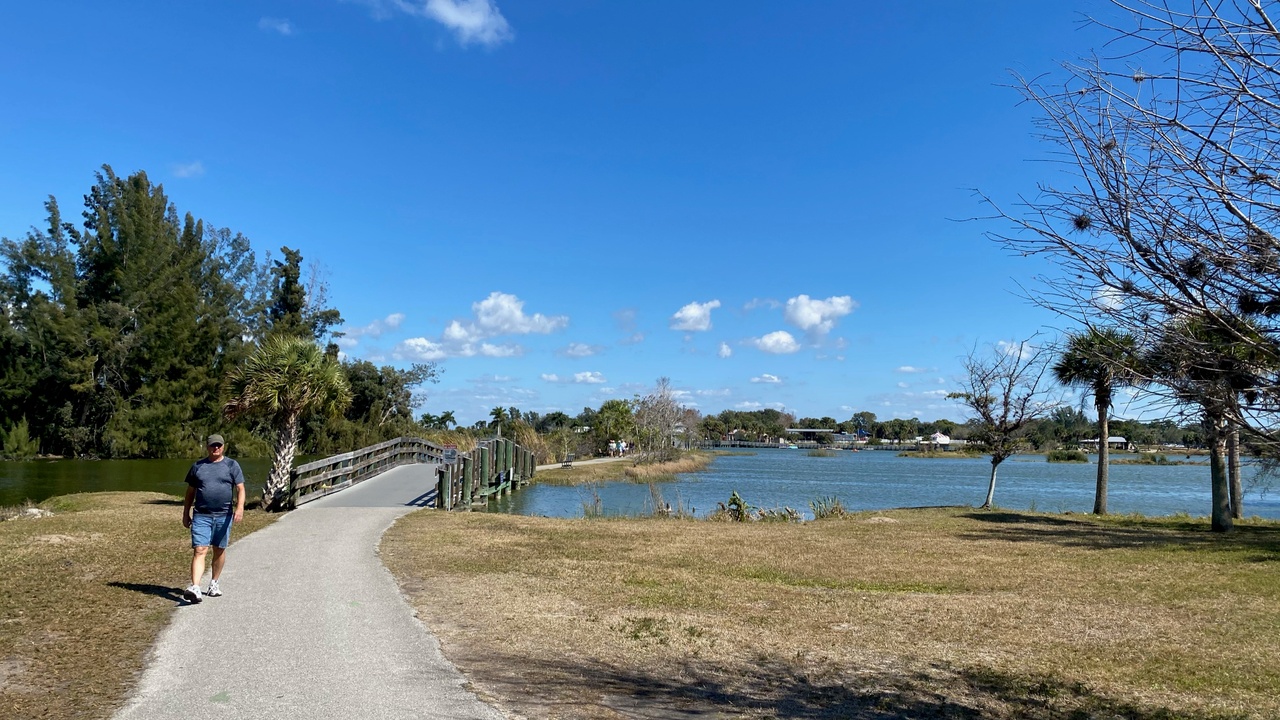Can There Be Too Much of a Good Thing?

Celebrating life with great people, after a gorgeous evening run. Photo Courtesy of Charly Caldwell II
There is constant information in the media regarding inactivity and recommended activity levels.
The CDC and health.gov both post the recommended guidelines for youth ages 7-17 as:
“an accumulation of at least 1 hour a day of moderate to vigorous physical activity”.
As I am sure you know, inactivity has a negative impact on health in terms of obesity, diabetes, heart and cardiovascular function.
Exercise and sport, however, has shown to have a positive impact on these health factors, as well as bone density and structure, social interactions, sleep and mood improvement.
I want to focus however, on the other end of the spectrum, as physicians and therapists are seeing more young patients with issues due to over-activity related to exercise and sports.
To be fair, this is commonly due to a combination of factors, such as growth spurts, an accumulation of school or regional sports, ...
Success by Mindfulness, Send the RIGHT Messages

What would your self talk look like as you walked or ran on this beautiful path in Lakes Park? Photo Courtesy of Charly Caldwell II
It’s been said that life begins at the end of your comfort zone and that certainly resonates in athletic and fitness pursuits.
Have you ever purposefully listened and been mindful of the messages you send yourself during a training session?
Our brains are more powerful than any muscle in our body and our thoughts can impact the effectiveness and enjoyment of our workouts.
To get the most out of each training session, negate any negative thoughts and put yourself in the optimal mindset for performance.
“I can’t do it!”
It is natural for our mind to tell us to back off when we are experiencing discomfort, fatigue or pain. It’s a survival mechanism the body uses to protect itself.
The challenge becomes recognizing which thoughts come from credible physical threats and which thoughts are simply there as we are hesitant to push beyond our comfort zone...
My Personal Guide to Staying Positive - Because I'm Happy

Be happy - like this amazing, personable & friendly duck - Piedmont Park - July 2021. Photo courtesy of Charly Caldwell II
Just like the lyrics of a Pharrell Williams’ song, “sunshine she’s here, you can take a break”, I’m “happy because that’s what I wanna do.”
It takes thought and practice but anyone can choose to be happy.
In fact, it takes effort to be unhappy.
People often ask how I can be so happy. I strongly believe that mental health requires just as much attention and concentrated effort as physical health.
The problem is, most people pay very little attention to it.
As with physical health, this neglect will catch up with you eventually, especially in a pandemic.
Here are a few things I practice to keep my mind as healthy and resilient as my body: (Give it a try, you might just find yourself smiling more. 😉)
Meditate
Every day I meditate for at least 10 minutes, preferably 20.
I started meditating about 5 years ago, and it took time before I incorporated it daily,...
Exercise As Part Of A Holistic Approach to Health

Enjoy a gorgeous September beach run! Naples Beach, Florida. Photo Courtesy of Charly Caldwell II
We hear the term ‘holistic health’ a lot these days. This refers to processes that positively impact the mind as well as the body.
When we talk about a holistic approach to health, we might consider physical activity as one element, because we know that regular exercise positively affects the body.
However, this activity can promote dual aspects of our well-being because exercise benefits not only the physical body, but also mental and emotional well-being.
The World Health Organization describes mental health as:
“a state of well-being in which every individual realizes his or her own potential, can cope with the normal stresses of life, can work productively and fruitfully, and is able to make a contribution to her or his community”.
By this definition, it is apparent that mental health and physical health are interconnected
When we are suffering physically it can lead to depressio...
Stay Mentally Focused on the Good and Remember...

Blue skies and a walk outside can help you feel better! Photo Courtesy of Charly Caldwell II
Wherever we look these days, there’s a reminder of COVID-19 everywhere.
It’s in our emails, on social media, on the radio and in the news.
Unfortunately, it’s also at the forefront of our minds while we’re working from home. But know that you are not alone, and by doing what American’s do best, we will get through this together.
We will be better and we will be stronger because we are resilient.
Consider the adversity this great nation has overcome in just a lifetime.
From the bombing of pearl harbor to the 9-11 terrorist attacks to the global financial crisis in 2008.
We are a country that perseveres and rises, and we will again.
While we weather this season indoors, keep yourself mentally fit.
The bad is always there if you look for it, but so is the good.
You must choose your focus.
Amazing that we can save lives by working from home. And great way to safely expand your quaranti...
Corrective Exercises for the Mind

Enjoy a delightful walk, or run, while listening to something you find uplifting, positive & inspiring. Piedmont Park in Downtown Atlanta, July 17, 2021. Photo courtesy of Charly Caldwell II
People often use the mind and the brain in interchangeable terms.
However, they are very different.
The brain is the control center for the body. It sends and receives signals from inside and outside the body to help you act, react, and interact with the world.
From a functionality standpoint, the brain enables you to breathe, eat, sleep, move and perform daily living activities.
The mind helps oversee the brain, and establishes the quality of the messages sent from the brain to the body.
The mind processes your thoughts, feelings and emotions, which then influence the signals sent by your brain to your body.
Therefore, the health and state of your mind directly affects your performance, fitness, and overall well being.
Negative messages in the mind can elicit emotions such as sadness, anger,...
Pain Free Movement Starts with Good Hip and Spine Stability

Get out and walk, concentrate on your posture, and flow. Take elongated steps, and breath! A beautiful day for a walk in January, in Lakes Park, Fort Myers. Photo Courtesy of Charly Caldwell II
Having adequate mobility and stability is essential for your health and function.
This is especially true when it comes to avoiding injury. When your joint mobility is restricted, your movement is impaired, meaning the risk of injury is increased.
Therefore, you need full mobility when strength training or performing any other form of exercise.
When we are born, we are generally graced with full mobility but as life progresses, our mobility slowly deteriorates due in part to injuries and our lifestyle choices.
A perfect example being sitting for long periods of time.
On the other hand, we are born with no stability. Stability is developed as me mature throughout our childhood and enhanced through exercise and lifestyle choices later in life.
Therefore, placing a large focus on both mobi...
Building a Positive Mindset - Breaking Down Barriers, Exercise Benefits Everyone

A beautiful run on this early spring day, in Lakes Park in Fort Myers. Photo courtesy of Charly Caldwell II
It is universally accepted that regular physical activity not only helps us stray fit and healthy, it can also increase self-esteem, develop social skills and improve mental health and general well-being.
However, most of us experience those benefits on a homogeneous level.
It wasn’t until I had the honor of working with an autistic adult that I began to appreciate the barriers and limitations people with autism face.
Research shows that people with autism are less likely than to participate in sport or physical activity due to factors related to the condition, including heightened fear and anxiety in social situations, difficulty understanding body language and sensory challenges.
If someone on the autism spectrum responds negatively to a sporting or physical activity it can be perceived as a behavioral issue when this is in fact, not the case.
What one person may perceiv...
To Be Your Best, You Must Expect the Best

Biking in San Diego on a beautiful, February day - Photo Courtesy of Charly Caldwell II
For anyone who has hit a plateau or feels that the return on their investment of time is lacking results, read on...
Everyone wants to be stronger, faster, leaner, but just wanting it isn’t enough.
If you want batter results from your training, you must expect more from yourself.
Demand the best for your body.
Whether you’re pedaling away in a group exercise class or grinding your bike up a hill, what do you do when the going gets tough?
When your lungs start screaming and your thighs begin burning you’ve got to get that inner voice of motivation louder.
Remind yourself of the reasons you’re working so hard.
- Can you go harder?
- Can you go longer?
- What limits are you placing on yourself?
- Are they genuine or are they just excuses?
- Do you want to walk away from every training session feeling like you’ve done your very best?
Only you know when that is…
Remember that pain is temporary,...

